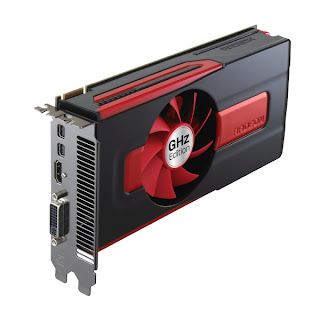
Quite a lot of details about Intel’s Core i5 and Core i7 processors based on the Ivy Bridge architecture have reached the web so far, but until recently the specs of the company’s third generation Core i3 CPUs have pretty much remained a mystery.
However, this changed just a couple of hours ago, when a Chinese website entered into the possession of a list detailing most of Intel’s upcoming Ivy Bridge desktop parts, including the Core i3 series.
According to the info provided by this leak, Intel’s 2012 entry-level processors lineup will include five chips, all featuring a dual-core design and Hyper-Threading support.
Much like their Sandy Bridge counterparts, all the 22nm Core i3 parts lack support for Turbo Boost, as well as for a series...



 2/15/2012 10:13:00 PM
2/15/2012 10:13:00 PM
 dannzfay
dannzfay

































